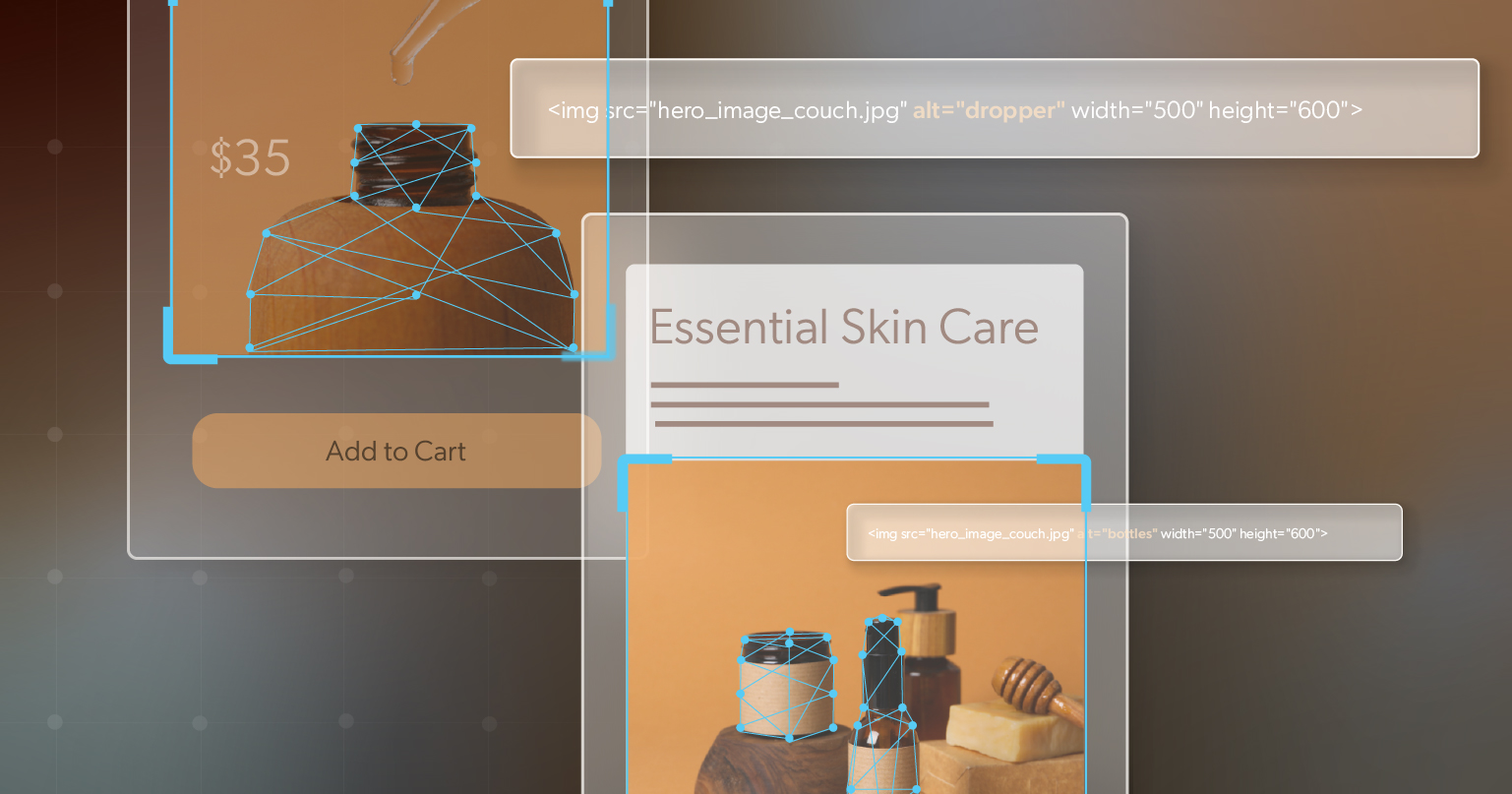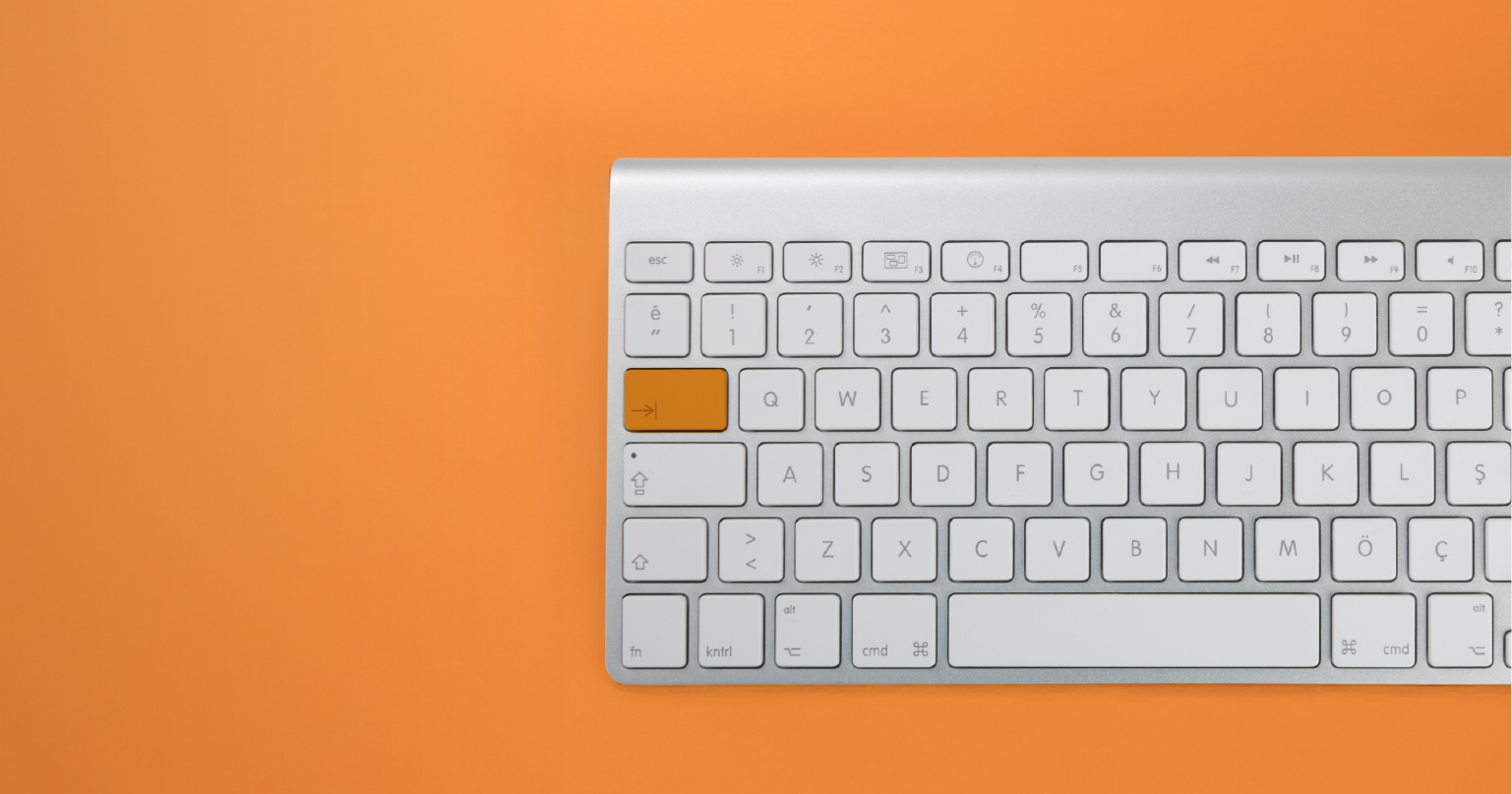Every team that works on digital accessibility eventually runs into the same moment: the rules don’t feel black and white. You’re following the Web Accessibility Guidelines (WCAG) and doing your best to interpret them. Then suddenly, you find yourself asking: Does this count? Are we helping everyone, or could this fix create a new barrier somewhere else?
That’s not a sign you’re doing something wrong. It’s how web accessibility standards are written. WCAG is designed to cover countless technologies, contexts, and user needs—not to prescribe one rigid answer for every situation. That flexibility leaves room for judgment, but it can also leave teams second-guessing their choices.
This article is here to help. We’ll walk through why these “grey areas” exist, why they’re not a weakness but a feature of the standard, and—most importantly—how you can approach them with confidence. You’ll get a practical, repeatable framework to guide decisions, reduce risk, and keep accessibility focused on what really matters: creating digital experiences that work for people.
What Are WCAG “Grey Areas”?
“Grey areas” are success criteria that can be met in more than one valid way, or where context changes the best answer. They matter because solving for one disability group can, at times, introduce friction for another. Trade-offs are real, and responsible teams face them head-on.
These scenarios highlight why web accessibility standards are intentionally flexible, pushing teams to weigh impact, not just compliance.
- Dark mode: A darker theme can reduce glare and help many people with low vision or light sensitivity. But some users with dyslexia or astigmatism may read best with higher-contrast dark text on a light background. A user-controlled toggle is a solid compromise.
- Reflow (SC 1.4.10): Avoiding horizontal scroll at 320–400 px width sounds simple, until a multi-column data table collapses and users lose the ability to compare rows and columns.
- Non-text contrast (SC 1.4.11): What counts as “essential” visual information? In infographics or dense UIs, borders, separators, and icon strokes can be more important than they look at first glance.
- Link purpose (SC 2.4.4): Is “See details” okay? Often yes—if the link sits under a descriptive product name or is wrapped with an accessible name/description that conveys purpose. If a page lists 20 identical “Read more” links with no additional context, that’s a problem.
- Alt text: Even the basics aren’t always basic. An image might need a rich description on a museum site, but be marked decorative in a dashboard if it adds no meaning.
Why Ambiguity Exists—and Why That’s Okay
WCAG isn’t a script; it’s a set of outcomes. It avoids prescribing specific UI patterns so it can work across devices, frameworks, and future tech. That flexibility can feel frustrating when you need a yes/no answer today. But it’s also where web accessibility standards allow accessibility leadership to shine.
The goal isn’t perfection. It’s clarity, consistency, and usability—especially for people who rely on assistive technology. When the standard leaves room for interpretation, your job is to apply sound reasoning, test with real users, and document what you did and why.
A Practical Framework for Resolving WCAG Grey Areas
Use this five-step process to move from “it depends” to “here’s what we’ll do.”
Step 1: Start with the Source
Go beyond the short success-criterion text and read the Understanding WCAG guidance. These pages explain intent, define terms, and include examples and common failures. Many “edge cases” are addressed there, even if not word-for-word identical to your scenario.
Tip: Keep a shared team doc of the Understanding pages you reference most. It speeds consensus.
Step 2: Analyze Real User Impact
Shift from “Does this pass?” to “Who does this help or hinder—and by how much?” Consider:
- Screen reader and braille users
- Keyboard-only and switch users
- Low-vision users (zoom, magnifiers, custom styles)
- Users with cognitive or attention-related conditions
- Motion/vestibular sensitivities and color-vision differences
Ask: Does one option create a minor inconvenience while another blocks a key task? If a choice affects checkout, account access, or a critical service, prioritize task success over neatness or brand purity.
Step 3: Test with People Who Use AT
When the stakes are high, run quick, focused usability tests with people who use assistive tech. You don’t need a giant study. Five to eight participants who reflect the impacted group can reveal what theory can’t.
- Scope the test to the specific component or flow.
- Observe with screen readers, keyboard only, and zoom.
- Capture where users stumble, not just what they say.
User evidence turns debates into decisions.
Step 4: Phone a Friend (the Right One)
If internal consensus stalls, bring in an accessibility expert with hands-on WCAG experience—ideally someone comfortable with dynamic UIs, eCommerce patterns, and ARIA.
Credentials like CPACC can help, but project-based proof matters most: “Show me where you solved this before.”
Step 5: Document Your Rationale
Most teams skip this safety net. For every grey-area decision, record:
- The WCAG criterion(s) at issue
- The ambiguity you faced
- The options considered
- The reasoning: user impact, technical feasibility, constraints
- Any expert input or user-testing results
- The final decision and where it applies (component, template, page type)
Store this where designers, developers, QA, and product can find it. You’ll create consistency across teams and time.
Common Examples, Resolved with the Framework
Let’s revisit those tricky scenarios and apply the process. This is where teams can see how web accessibility standards translate from theory into practice.
Reflow vs. Data Integrity (SC 1.4.10)
- Challenge: A comparison table collapses at 320 px, and users can’t relate cells across columns.
- Approach: Understanding WCAG clarifies that the intent is to avoid two-dimensional scrolling for most content while preserving meaning.
- Decision: Provide a responsive table with a toggle: stacked rows by default for small screens, with a “Compare columns” view that preserves tabular relationships and allows horizontal scroll within the table container. Add a “Skip to table comparison” anchor and ARIA summary to explain the toggle.
- Result: Reflow is respected where it helps, and comparison remains possible where it matters.
Link Purpose in Card Grids (SC 2.4.4)
- Challenge: Product cards each have an image, name, price, and a “See details” link.
- Approach: Screen reader testing shows that when the product name is an accessible link, the extra “See details” adds noise.
- Decision: Make the product title the primary link with a descriptive accessible name (e.g., “View details for Acme Pro Blender”). Keep “See details” visible but aria-hidden or make it a button that moves focus to the same target for sighted mouse users who expect it.
- Result: Purpose is clear programmatically and visually; duplication is removed for AT users.
Non-Text Contrast on Icon Buttons (SC 1.4.11)
- Challenge: Icon-only controls use thin strokes that technically reach 3:1 against the background, but some users miss them.
- Approach: Prioritize recognizability over minimalism.
- Decision: Increase stroke width and contrast on the icon and its focus indicator. Add an accessible name (e.g., “Filter results”) and a visible label on hover/focus for cognitive clarity.
- Result: The control is perceivable and operable for more users—even if it slightly shifts the visual aesthetic.
Dark Mode and Motion Preferences
- Challenge: Dark mode improves comfort for many, but not all. Animations delight some, but can trigger discomfort for others.
- Approach: Respect user control and system settings.
- Decision: Provide a theme toggle that remembers preference. Honor prefers-color-scheme and prefers-reduced-motion. Keep contrast targets consistent across themes.
- Result: Users opt into what works for them; your defaults are inclusive, not absolute.
Alt Text in Dashboards
- Challenge: Decorative charts and status icons risk becoming screen reader noise.
- Approach: Identify the purpose of each image.
- Decision: Provide a textual summary or data table for the chart. Mark decorative images with empty alt (
alt=""). For meaningful icons, supply concise alt text or an aria-label on the control they’re part of. - Result: Users get the information without redundant chatter.
Let Strategy Guide You—Not Guesswork
Grey areas in web accessibility standards aren’t flaws to fear—they’re invitations to make thoughtful, people-first choices. With a repeatable process, you can:
- Ground decisions in the intent of WCAG, not just the letter web accessibility standards.
- Weigh real user impact over theoretical compliance.
- Validate with targeted testing and expert input.
- Build a paper trail that improves consistency and reduces risk.
Accessibility is a journey, especially on complex products. You won’t get every decision perfect the first time, and that’s okay. What matters is that your choices are deliberate, documented, and centered on the people who need your site to work every single time.
Need a second set of eyes? If your team is wrestling with ambiguous criteria, we can help you apply web accessibility standards in a way that fits your design system, codebase, and real users. Schedule an ADA briefing with 216digital to walk through your grey-area challenges and map a clear, defensible path forward.



